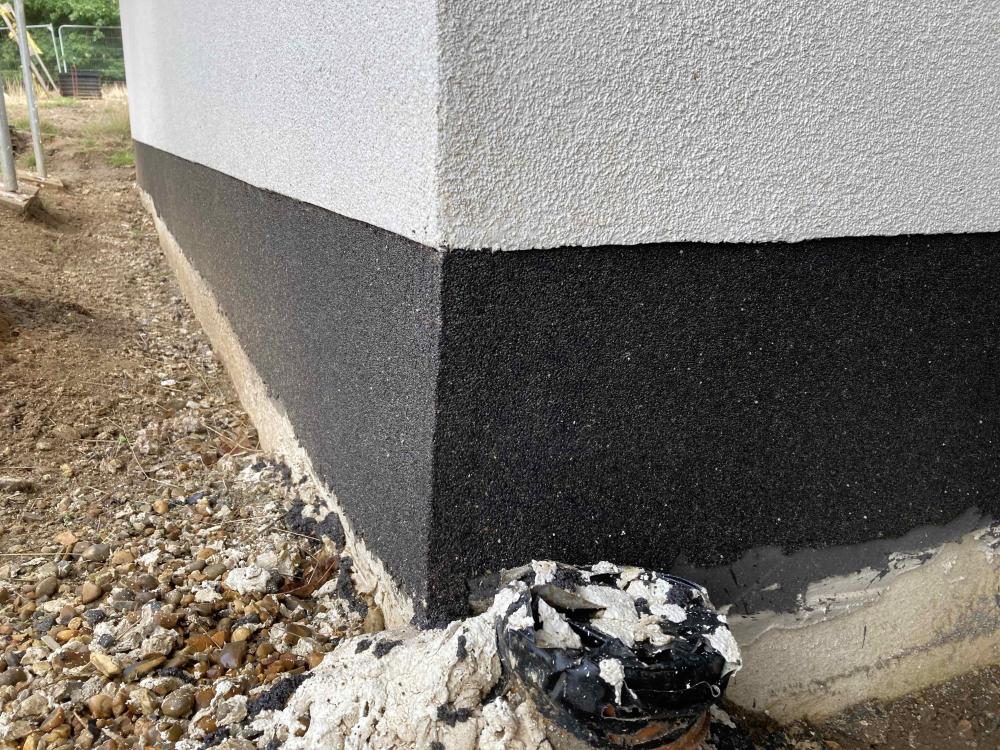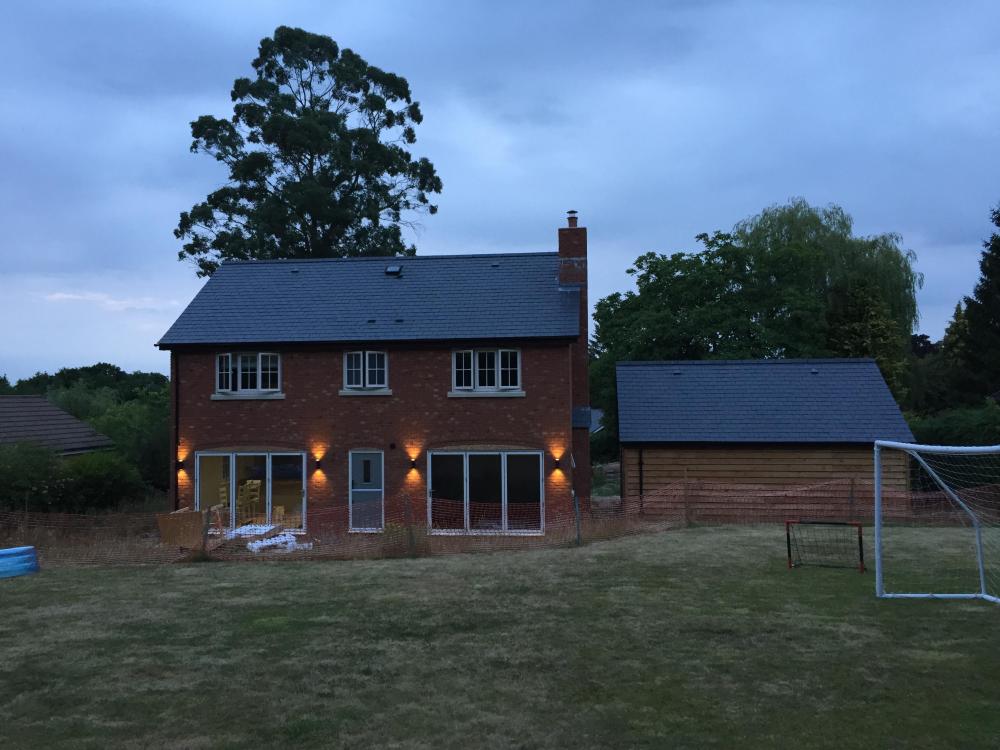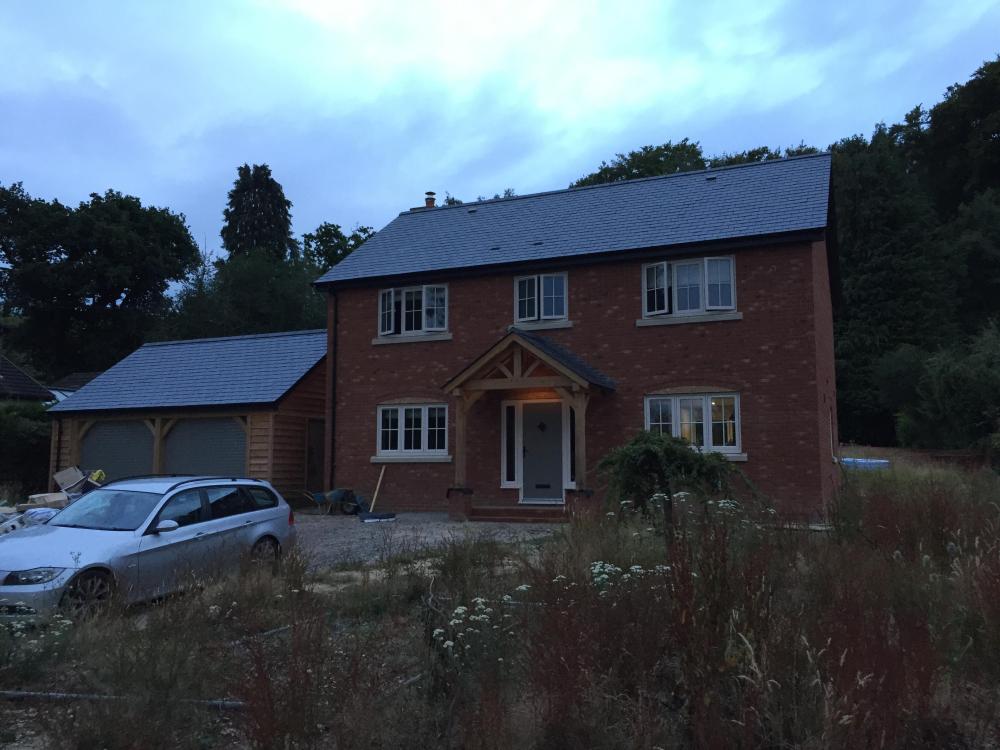Leaderboard
Popular Content
Showing content with the highest reputation on 09/10/22 in all areas
-
3 points
-
2 points
-
Forget using anything made from plastic. If it's in their way, they have all the time in the world to chew through it. And it doesn't take them all that long anyway.2 points
-
NO, A rat got into my STP and blocked a pipe, smells alerted me and after “fishing” i got it out, I had no grill on the outlet pipe to a ditch which is where it must have got in, I simply used a grill fir the top of a vent stack.2 points
-
Chicken wire or similar mesh, scrunch up into a ball shape and push into the pipe. Rat proof, easy to pull out and clean/check and no fixings to rust or seize.2 points
-
greetings. we have 3 drainage outlets from our new build into a ditch running alongside our property, one from STP and RWH, one land drain from our green roofs and another 110mm pipe from other roofs not feeding our RWH tank. I'm thinking of adding something to the end of the pipe to protect from potential rodent incursion. firstly, is this paranoia gone too far? I see there are metal NRV for this but at £50 a pop seem a little excessive and we have NRV on the outlet pipes from our STP and RWH tanks anyway. so I was wondering if anyone had any other recommendations for this? I found these on Amazon which might do the trick although a determined rat could probably gnaw through the plastic. I've also though of 3D printing something like this but I'm not sure of the effectiveness of it. and a final thought is a simple 110mm vent like this from Screwfix but, again, don't know if it will work. anyone else paranoid enough to worry about rats in the drains and done anything about it?1 point
-
What ever preparation you decide on BC will have there own ideas of how they want things to be done If your using local authority He or she will be happy to run through what is required Most of the time The Architecht will paste and copy there submission Without any thought to the specific project Ours has submitted building regs with a steel ridge in the attic trusses Cranked steels When they are straight bolted Gas boiler No gas I think BC realise this1 point
-
Yes. Only extras should be SE, M&E and QS. If he can’t do it go to someone who can.1 point
-
Quoting a reply about this on another forum:1 point
-
It's sometime 1976-1979 ish. https://h-frame.weebly.com/79-001-timeline.html There's a Yoochoobe channel called "WorkMateGuy".1 point
-
Most thermostats for unvented cylinders are this type https://www.ebay.co.uk/itm/362782647811? Random choice, they are available as lots of different makes and prices but all seem pretty much the same. the thermostat plugs onto 2 lugs on the immersion element rather than the cheaper type that are separate. the red knob sets the temperature. If the overheat (button marked safety in this case) keeps popping then either it is faulty, or the main temperature dial is set too high allowing the water to get too hot, or there is another source of heat e.g a boiler that is heating it too hot.1 point
-
>Macerator at WC ( no bitching about that ) The bitching is for when you are trying to mend it if it breaks. "How are you getting on, dear?" "I'm in the sh*t". That's one heck of a vintage workmate. I inherited one of those from dad 10+ years ago, who himself had it for at least 35 years. F1 point
-
1 point
-
1 point
-
If you look at some of my recent replies to other threads there are some basic heat calcs that illustrate the heat loss with and without insulation1 point
-
1 point
-
A couple of things don't quite add up imo. 1 - UFH with zero insulation underneath. How much heat do you lose? Short answer: half of it, unless you have something in place to stop, such as no ventilation underfloor void and your EWI goes 600mm underground around the edge, in which case you will get a warmer patch of soil underneath after 1-2 years. 2 - How do you stop your floor joists rotting if you stop the underfloor being ventilated? If you do ventilate it there is an insulation free heat path direct to the outside, except for 1. But 1 will mean that 2 then applies, and your joists can rot when moisture gets in. You can do it by completely sealing it, and then you have a dry void you can leave empty or fill with insulation (traditionally people use poly beads, but it is less popular now). In short no insulation underfloor is a touch ludicrous, as you have to put a more expensive sticky plaster somewhere else. And 2 questions: Where are your services running? What spec are you renovating in to? Your renovation is not *that* deep - I live in a bungalow which the previous occupant reduced to three walls and a hole, and he put solid slab floors and ufh throughout. Cost him more than he got back as it was sold to us in 2013. (Further post with an idea to follow) F1 point
-
As long as there is an uninterrupted barrier for damp blocking, you will be fine.1 point
-
You got me worried so just went and had a look as mine has been there 18months or so, still intact 👍1 point
-
Following on from this I spoke to the joinery that’s making our windows and he said they keep everyone’s deposits safeguarded for their own job but had been considering a deposit insurance scheme which would come at an extra cost to the client but would protect it in the event of this situation. In some slightly positive news I have gathered quite a few willing (and skilful) volunteers for a works party over a weekend soon to get the house built in blockwork. It was mainly all timber clad so blockwork won’t cause a planning issue thankfully1 point
-
better that than acidic condensate dripping and marking whatever's beneath it.1 point
-
If you’re heading that way then I’d urge you to look into the PHPP. Very DIY’able if you have the time and patience or you can chuck a chunk of cash at a consultant - but check their credentials. Carefully. As mentioned, it sounds like overheating will be your biggest problem. Our issue comes from east facing windows, but we’ve got a workaround for those now. West facing windows can also be an issue, south facing - not so much especially with the large overhang’s you’re planning. External shading will sort all those potential problems. As for heating a passive house, ours has a Willis heater for the ground floor UFH (which wasn’t working properly last winter due to a valve on one of the circulation pumps not being fully open) and that sufficed. I’m sure it will be more than sufficient this winter. Electric UFH in the two bathrooms plus electric towel rails and that’s it. You basically don’t need much at all, and it doesn’t need to be complex. Courtesy of @TerryE1 point
-
You're in a similar pickle to me in when it comes on wanting to play but being mindful of moving on. The fabric is done for. There's no 5 year paybacks available. Everything you put into it will get wrecked. The gubbins are (trans)portable. Your PV, for example, will be coming with you. With that in mind... A £500 combi will probably outperform whatever you have now. Will that pay for itself in 5 years at £0.15/kWh and 3,000kWh/year? Probably not. Hot water? Hot water from a gas combi at 80% efficiency beats hot water from PV environmentally. How so? Every kWh of electricity exported will save about 2.5 kWh of marginal gas being burned at a power station. It is a fallacy to consider the mean grid carbon intensity when evaluating what difference your immediate behaviour makes. As such use of PV diversion and the Sunamp is interesting but environmentally irresponsible. Both are (trans)portable and (re)saleable durable assets though so can make it to a new house or somebody else's house should you wish. Only the install/uninstall costs are dead money. To do better than the combi heat you could: - preheat the feed to the combi with drainwater heat recovery (unlikely to be viable do to payback time, retrofit difficulty) - preheat the feed to the combi with solar thermal (in the event that your connection capacity is maxxed out and you've still got space for more sun, unlikely on any modest house) Else you're into heat pumps. I think this is possibly your scene. They spank running the combi. Relatively easy to bring with or resell after you're done experimenting. https://www.tesy.co.uk/heat-pump https://www.electricpoint.com/dimplex-edel-hot-water-cylinder-heat-pump-200l-edl200uk-630rf.html https://www.ariston.com/en-me/products/heat-pump-water-heaters/domestic/ https://gathering.tweakers.net/forum/list_messages/1941248 https://www.auer.fr/en/products/heat-pump-water-heaters/edel-water-heat-pump-water-heater/ The Sunamp is useless for heat pumps because it requires that all heat is delivered at the maximum possible temperature rather than ramping up as the cylinder heats. You couldn't do anything more inappropriate for heat pumps. Space heat? You've done what's reasonable for reducing consumption. Heat pump is next. I might try an air to air unit in a central location given your minimal heat loads and tolerance for minor discomfort. What's the COP on the Panasonic CU-VZ12SKE / CS-VZ12SKE combination that's sat on my wall? 3.7 kW output at -7C with a COP of 3.8 or 14 pence per kWh 2.25 kW output at +2C with a COP of 5.7 or 9.1 pence per kWh 1.45 kW output at +7C with a COP of 7.8 or 6.7 pence per kWh 0.9 kW output at +12C with a COP of 10 or 5.2 pence per kWh Those COPs spank the gas combi. So does the cost. Note I've used the previous price cap figures for a more accurate reflection of what energy actually costs rather than the "deposit" that we'll be paying today and ignoring the interest and repayment charges that come later courtesy of the government's latest insane plans to avoid the demand reduction that is required in the light of reduced supplies this winter. Comfort is not as good though. There will be some draughts. There will be some noise. The efficiency is up there though. Easy to unplug and bring with when the building is demolished. Close one valve, pump the gas back into the outdoor unit, shut the other valve and knock the power to the outdoor unit off, crimp the copper pipework then snip and reinstall with new copper pipework in the new location. Planners are unlikely to know the difference between a monobloc for space heat / hot water and an air to air unit that can heat/cool. Functionally they're identically obtrusive / noisy too so it doesn't make any odds. I wouldn't ask for consent. I have a vacuum pump and gauges that you're welcome to borrow if doing a naughty DIY install. Alternative? Single outdoor heat pump and a cylinder to suit. Possibly higher performance for hot water but will be lower performance for space hating unless you get very involved with radiator swaps. More disruptive to install. Fewer draughts. Less noise. -- M1 point
-
1 point
-
I would have thought so. Obviously if the ACH are 20, any heat recovery will not be noticeable. Aim to get it down to 1, then you will probably get 2.5. It is all in the detail, and then odd things that you cannot see. Make no assumptions and assume every nook, cranny and flat surface leaks.1 point
-
our architect designed a window that didn't work. it was floor to ceiling(-ish) overlooking a flat roof but they didn't take into consideration the insulation of the flat roof and so the window was below the level of the deck. in the end we had to build up the level in the wall to be above the roof and order a new window (only about £700 for us as we managed to tag it on to the existing order that hadn't shipped yet). we made a hole in a wall in another part of the house and used the original window there. so it wasn't wasted money for us just an extra expense that we weren't expecting but on the plus side we had another window looking into the woods surrounding us! I, not once, thought to sue or claim for the expense of that window from the architects but I've been told that I'm too nice! I also didn't want to sour our relationship with the architects over that amount of money. I felt it was a small price to pay for a minor inconvenience. obviously, for you it's a lot more money so would be harder to swallow the loss and a much bigger inconvenience! I can't advise whether the architect is at fault but it sounds like their disclaimer covers them. I guess you need to figure out if the legal costs for pursuing the claim will make it worthwhile if you believe you've a chance to win. people make mistakes and sometimes just need to be forgiven and move on. good luck with whatever you decide to do and it's a shame that this happened.1 point
-
1 point
-
Can your House Automation system cope with the solution they used on the exhaust pipe of the Death Star? Just need to make sure that none of your local rats are Jedis.0 points




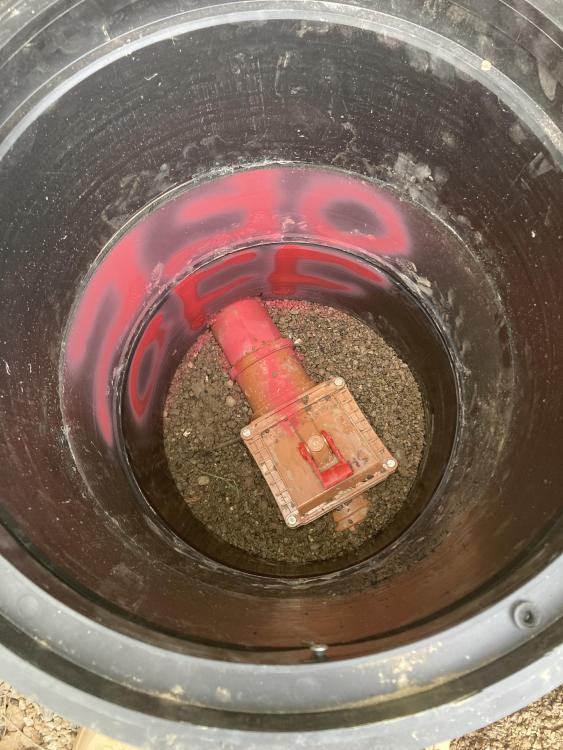
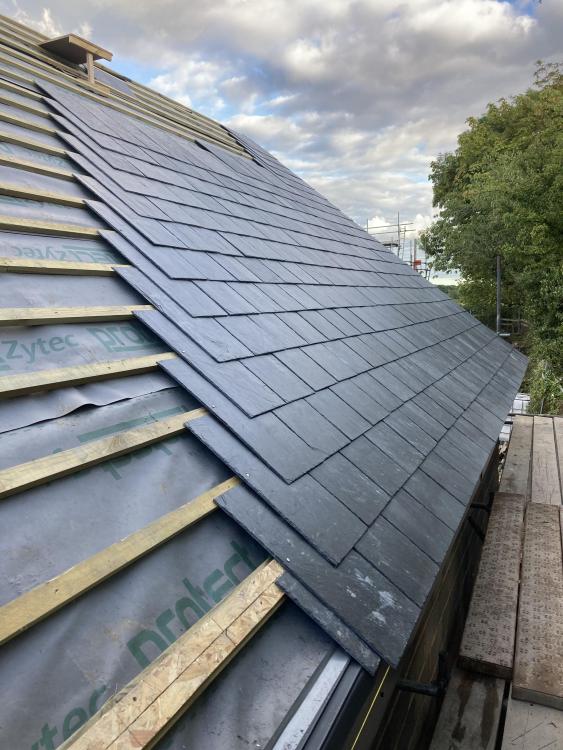

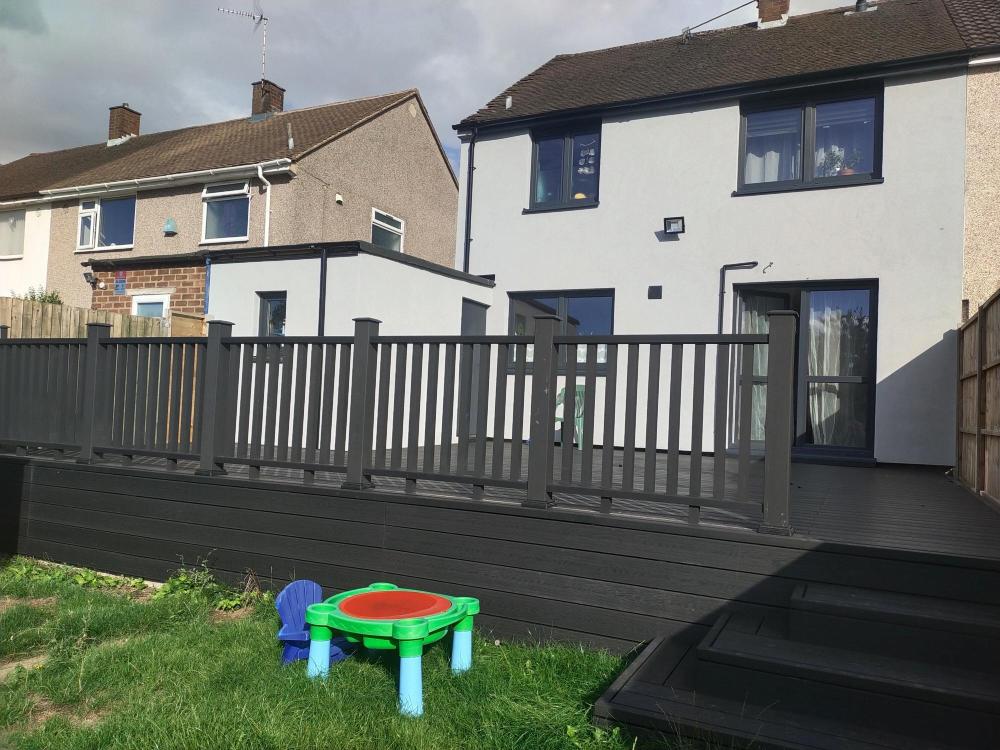
.thumb.jpg.026e07e28595c5167fa15c089dc053d1.jpg)
.thumb.jpg.28b2a88d9d5cd47d7ebd4591d669f747.jpg)
.thumb.jpg.b08fb329430fd6961fb28d13648a5d9d.jpg)

